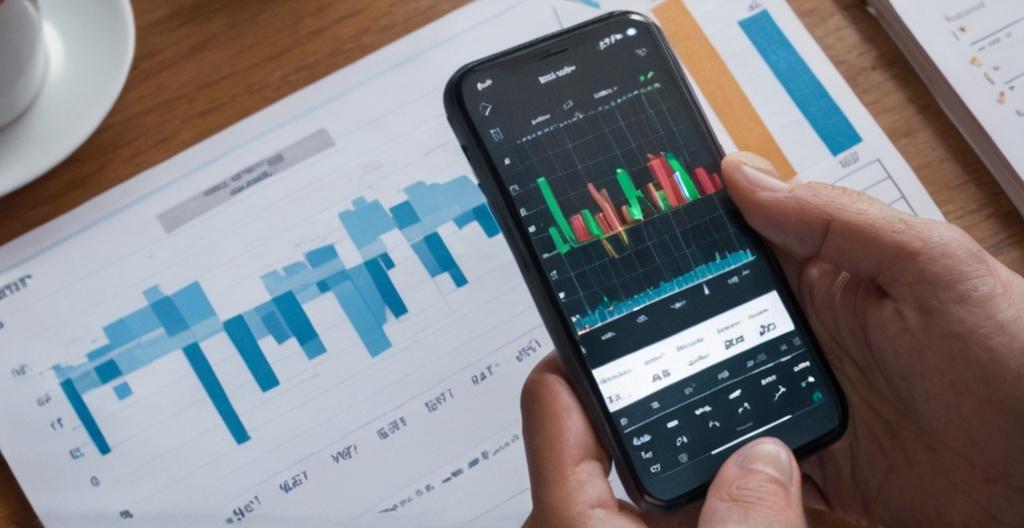Key Take Aways About Post-Trade Processing Automation: Trends and Tools
- Post-trade processing automation enhances efficiency and reduces costly errors in the financial sector.
- Drivers include cost reduction, increased trade volumes, and regulatory compliance.
- Technologies like blockchain and AI boost transparency, security, and decision-making speed.
- Challenges include system integration and employee resistance, requiring retraining and human oversight.
- Future trends point to predictive analytics for proactive issue management.
- Overall, automation cuts costs, boosts accuracy, and simplifies compliance, steering finance towards an automated future.

The Drive Towards Automation in Post-Trade Processing
The finance sector, always on the hunt for efficiency, sees post-trade processing automation as its golden ticket. This shift isn’t just a tech fad; it’s more like the natural evolution of a bustling city finally getting traffic lights to reduce chaos. Automation in this arena isn’t new, but the push to use it across the board is. Why? Because the stakes are high—errors are costly and time-consuming, a bit like trying to find a lost sock in a teenager’s room.
Why Automation Now?
There’s a blend of factors fueling this automation movement. First up, cost. Manual processes are to financial firms what reruns are to TV channels—a bit old-fashioned and expensive. As trading volumes swell, the opportunity for mistakes also grows, making automation a cheaper and more reliable option. Also, regulatory pressures mean firms need to have their ducks (or trades) in a row, pronto. With automated processes, compliance is less of a headache, more of a gentle nudge.
Real-Life Example
Consider a mid-sized brokerage firm that dealt with increasing trade volumes. Before automation, reconciling trades was like piecing together a jigsaw puzzle—if you’d lost a few pieces. After investing in automation tools, they cut down on errors and reduced reconciliation time by over half. What used to take days now takes hours, if that.
Tools of the Trade: The Tech Behind the Curtain
Tech wizards have been busy creating tools to make post-trade processing as smooth as possible. These aren’t your garden-variety software programs. No, they’re more like that coffee machine that finally gets your order right—consistently impressive.
Blockchain: The New Kid on the Block
Blockchain technology stepped into the post-trade scene with style, offering transparency and security that’s hard to beat. Imagine a ledger that everyone can see, but only you can edit. That’s blockchain in a nutshell. It virtually eliminates errors in trade settlements and ensures everyone’s on the same page—literally.
Artificial Intelligence: The Silent Partner
AI brings a level of decision-making and speed that’s pretty much like having a personal assistant who never sleeps. These systems can recognize patterns faster than a human and can do the grunt work of data analysis, leaving the brainy stuff to actual brains. It’s almost like magic, minus the rabbits and hats.
Challenges Ahead: Speed Bumps in the Automation Journey
Automation is not without its hurdles, much like trying to teach a cat to fetch. There’s the issue of integration—new systems need to play nice with the old ones, which isn’t always seamless. Then there’s employee resistance; no one likes being replaced by a robot, no matter how efficient. But the key is retraining and assurance that these tools are here to help, not replace.
The Human Element
Despite advances, human oversight remains crucial. Automation tools are only as good as their programming, and when the machines strike, you’ll need someone who knows the ropes to sort it out. Think of it as having a backup plan or, in this case, a human plan.
Use Case: A Large Investment Firm
Take, for example, a large investment firm that decided to bring in AI for trade processing. Employees initially feared layoffs, but the firm instead offered upskilling courses. Those who once spent hours on rote tasks now engage in higher-value work, like strategy and client management. The result? Increased job satisfaction and productivity.
Future Trends: What’s Next in Trade Processing Automation?
Peering into the future, it seems the automation journey will continue, shaped by both technological advances and market demands. We’ll likely see more predictive analytics, where systems anticipate issues before they crop up. It’s a bit like having a weather app that not only tells you it will rain but also suggests you take the umbrella that’s hiding under your bed.
In conclusion, post-trade processing automation is reshaping the financial world, cutting costs, improving accuracy, and making compliance a breeze. While challenges remain, the benefits are clear—the finance industry is marching confidently into an automated future, with technology as its steadfast companion.